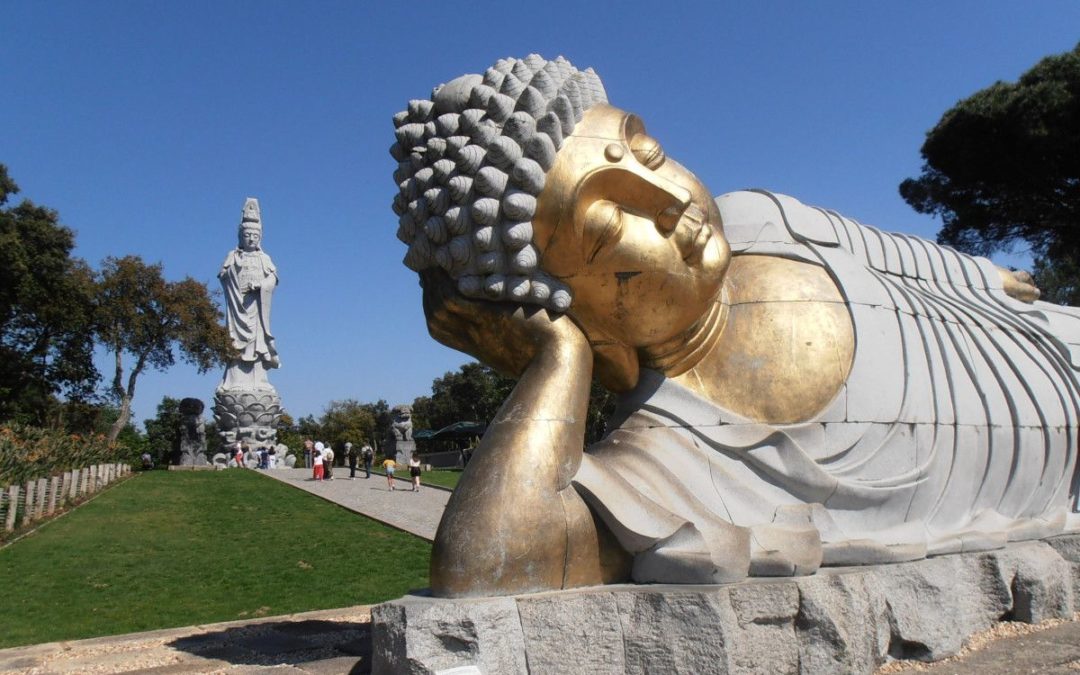One could consider Buddhism more as a philosophical doctrine than a religion because it does not contemplate the figure of a person who holds the wisdom of the sacred texts. It consists of cultivating wisdom, practicing meditation, renouncing the material and favoring kindness and compassion.
Buddhism originated in India, between the sixth and fourth centuries B.C. Currently, it has the fourth most number of followers of any religion. It has two main branches: the so-called Theravada School of Elders and The Great Path Mahāyāna.
Most Buddhist traditions share common philosophical principles, such as the four noble truths, suffering, dissatisfaction or discontent (Duhkha), which cause the desire, wish or craving of feelings (trsna). With the abandonment of longing, suffering can be extinguished, for its cause is suppressed (Nirvana). All of this is contemplated through a method or path (Noble Way), in which wisdom, ethical conduct, training of mind and heart through meditation, attention and full awareness of the present is intended to extinguish suffering.
For one to set off on this search, Buddhist temples play a fundamental role. Some of the most impressive temples on the planet can be found in various places: The Mahabodhi temple in India, Wat Arun in Bangkok, Borobudur in Indonesia, Seiganto-Ji in Japan, Angkor Wat in Cambodia, Paro Taktsan in Bhutan, Taung Kalat in Myanmar and Tsz Shan Monastery in Hong Kong, among others. In these places, the combination of nature’s beauty is accompanied by the careful craftsmanship of man. As a result, these are ideal sites for achieving both inner and outer peace.
In addition to these majestic temples, there are centers and places dedicated to this doctrine, one of which is located in Portugal. It is surrounded by olive groves, and it looks as if the olive trees were perfectly aligned natural followers of the Buddhism, looking for peace, protection and tranquility.
‘Buddha Eden, Jardim da Paz’ is the largest oriental garden in Europe. It receives between 300,000 and 500,000 visitors a year and is located near the Portuguese city of Bombarral. It is spread over 35 hectares of surface area. On the land here, one can find meadows, bushes, ornamental olive groves of the Galician and Cobranco variety on the paths, and beautiful fountains and bridges throughout. Thus, it provides and ideal place for peace and solidarity for the people who visit it.

